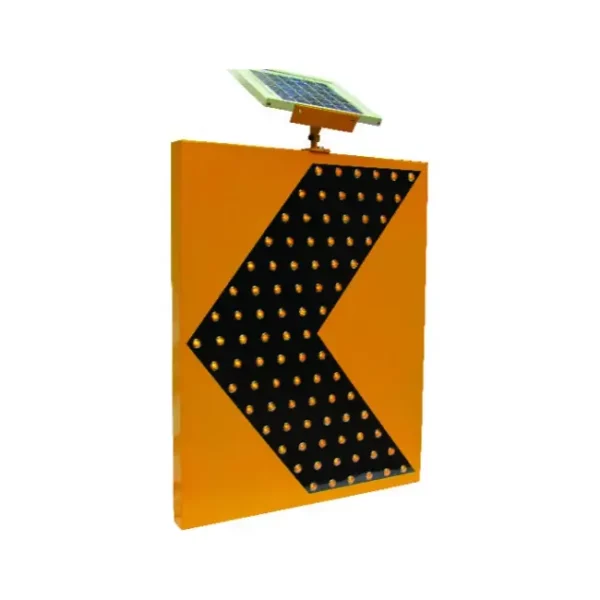Solar traffic signs contribute to sustainable transportation infrastructure in several ways:
- Energy Efficiency: Solar traffic signs are powered by renewable solar energy, which reduces reliance on grid electricity and fossil fuels. By harnessing sunlight to generate electricity, solar traffic signs minimize greenhouse gas emissions and environmental impact compared to traditional signs powered by non-renewable energy sources.
- Reduced Carbon Footprint: Solar traffic signs help reduce the carbon footprint of transportation infrastructure by utilizing clean, renewable energy. By avoiding the use of electricity generated from fossil fuels, solar traffic signs help mitigate climate change and support efforts to transition to a low-carbon economy.
- Off-Grid Operation: Solar traffic signs operate independently of the electrical grid, making them suitable for remote or off-grid locations where access to electricity may be limited or unreliable. By providing essential signage without requiring grid connectivity, solar traffic signs improve safety and mobility in underserved areas and support equitable access to transportation infrastructure.
- Lower Operating Costs: Solar traffic signs have lower operating costs compared to traditional signs powered by grid electricity. Once installed, solar traffic signs have minimal ongoing expenses since they do not incur electricity bills or require regular maintenance associated with grid-connected infrastructure. This makes them a cost-effective solution over the long term and allows transportation agencies to allocate resources more efficiently.
- Increased Resilience: Solar traffic signs enhance the resilience of transportation infrastructure by reducing dependence on centralized power sources vulnerable to disruptions such as severe weather events, natural disasters, or grid failures. By diversifying energy sources and decentralizing power generation, solar traffic signs help ensure continuous operation and maintain critical signage during emergencies or unplanned outages.
- Enhanced Safety and Mobility: Solar traffic signs improve safety and mobility for road users by providing clear, visible signage in areas where conventional signage may be impractical or costly to install. By alerting drivers to potential hazards, speed limits, or regulatory requirements, solar traffic signs help prevent accidents, reduce congestion, and improve overall traffic flow, enhancing the efficiency and sustainability of transportation networks.
- Support for Sustainable Development Goals: Solar traffic signs align with global sustainability goals, including the United Nations Sustainable Development Goals (SDGs), by promoting clean energy, sustainable infrastructure, and resilient communities. By incorporating solar technology into transportation infrastructure, governments and organizations can advance progress towards achieving environmental, social, and economic objectives at the local, national, and international levels.
Overall, solar traffic signs play a vital role in building sustainable transportation infrastructure by harnessing renewable energy, reducing environmental impact, improving resilience, and enhancing safety and mobility for communities worldwide. As solar technology continues to advance and become more accessible, solar traffic signs are expected to play an increasingly important role in shaping the future of transportation.
